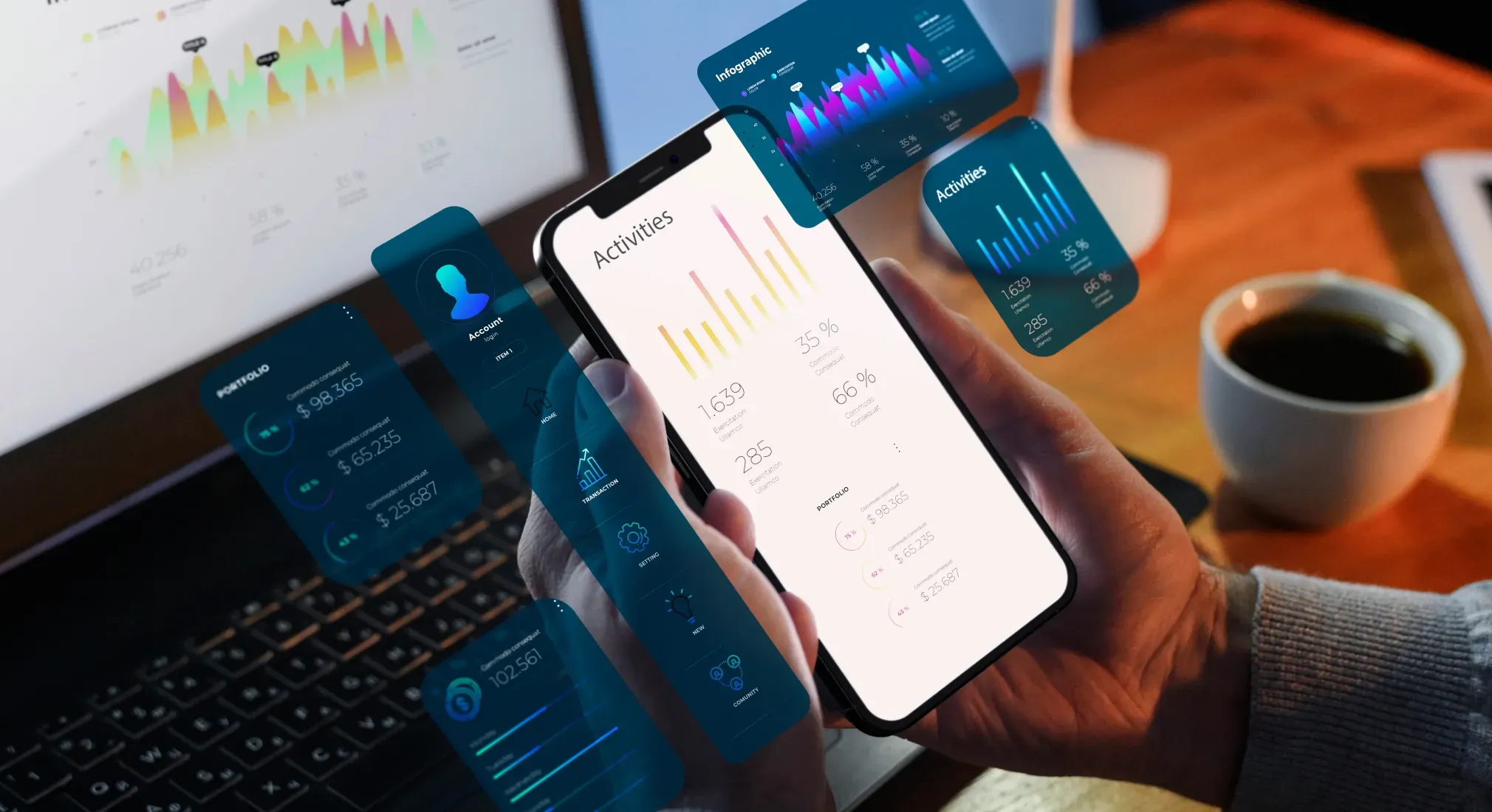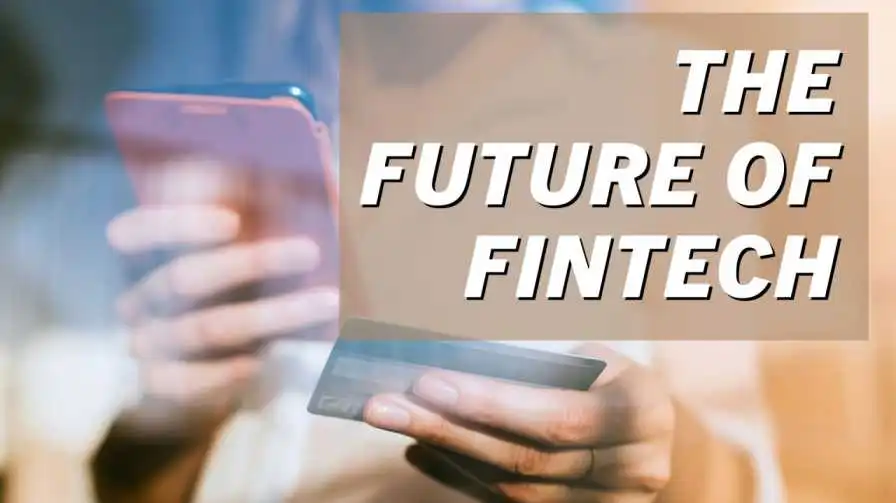Financial technology used to be the back-office support function for financiers and brokers. Venture capitalists scarcely invested in the sector. Public companies in the industry were rarely compared to the high-growth darlings of Silicon Valley.
But things have changed dramatically. Over the last decade, private venture capital has skyrocketed, as has the share of investment dollars going into fintech. Fintech has found its position in the innovation economy, and it has developed so much that it has become increasingly difficult to tell the rhetoric from reality. Over the last several years, chatbots and artificial intelligence, blockchain and crypto assets, roboadvisors and neobanks, and numerous other digitization symptoms have become buzzwords in the trade media.
Large global banks built up corporate venture divisions and digital incubators, investing in, acquiring, or replicating solutions from emergent companies. Globally, Eastern technology companies launched messaging super-apps with hundreds of millions of users and embedded financial services, outcompeting the potential of Western-regulated jurisdictions. American tech firms dove in deep, too, discovering methods to provide financial products without affecting the third rail of regulation.
From Product to Consumer
Finance is much simpler than one might assume. There are factories that produce products—banks holding deposits with interest rates, or investment managers making investment funds, or lenders and insurers underwriting some customer risk with capital. Then there are stores that sell the product—bank branches, financial advisors, insurance agents, or lending officers.
Between these two extremities are complex value chains of humans, balance sheets, and software, woven together by regulation and industry routines. But at the end of the day, customers visit a store and purchase some financial products.
The Impact of Digitization
Digitization is happening all along the value chain. In the front office, consumer relationships are migrating out of physical conversations and into mobile phones. Examples include European neobanks like Revolut, American Robo-advisors like Betterment, or Asian insurtechs like Ping An.
Raw automation is being applied to the process of assessing, enrolling, and serving the consumer. More speculative interfaces use machine learning and natural language processing to generate conversation and speech, instead of allowing people interact with a live agent.
Such straightforward automation has resulted in enormous vertical competition between various industry sectors, as they pivot to consolidate and cross-sell their services. For example, the best digital lender is now competing with the best digital payments app for the opportunity to offer the best digital bank account.
Direct-to-Consumer Fintech

Investors like Softbank have invested billions of dollars into direct-to-consumer fintech companies for the opportunity to serve the currently-unprofitable Millennial customer.
Many mobile applications have millions of minor accounts as their consumers. Traditional financial investors are skeptical that the economics of these enterprises can work in the long term and return capital.
To make matters even more competitive, large incumbents like JP Morgan Chase & Co. (JPM), Goldman Sachs Group Inc. (GS), Banco Bilbao Vizcaya Argentaria, Banco Santander (SAN), and others have launched fresh views on their product-led solutions. Digital banks and investment advisors are the rule, not the exception.
From Customer to Platform
Digital point solutions are an excellent start, but they are not the destination of our fintech voyage.
When you need to buy Aspirin for a headache, you don’t go to the Aspirin store. You go to the supermarket or the pharmacy, which has thousands of products on offer. Similarly, today’s social and e-commerce platforms offer thousands of features to their clients.
Data Aggregation
The advent of financial Application Programming Interfaces, propelled by data aggregation sites in the U.S. and the regulatory mandated PSD2 in Europe, enable banking and investment data to travel across various destinations.
Financial companies that rent their licenses, mandates, and balance sheets to tech companies have been promoted as banks-as-a-service. They enable any distribution experience to include pertinent financial capabilities.
This is challenging for traditional incumbents, who are used to manufacturing products and thrusting them at people through sales channels. Instead, consumers now interact with finance at the margins of their experience.
Tesla Inc. (TSLA) offers its own vehicle insurance, Greensky Inc. (GSKY) helps home improvement contractors offer financing to debtors in their residences, and Affirm places credit into an e-commerce check-out experience. You don’t need to search for finance because it will now arrive to the point of sale directly.
Financial Generics
We are rapidly coming to the age of financial generics. Just like Walmart Inc. (WMT) can sell you both the branded Aspirin and the generic knock-off drug, or the Charmin toilet paper and the generic domestic brand, it should be able to sell you a generic financial product.
These products are not white-labeled high-end variants of Goldman Sachs and Apple Inc. (AAPL) joining together to offer a credit card.
Rather, these are the equivalent of Foxconn off-brand smartphones, constructed using the learnings from the iPhone. As the architecture of finance becomes exposed and transparent, in large part through data aggregation and blockchain-based infrastructure, inexpensive generic solutions will likely proliferate.
Read Also: Disruptive Innovation in Business
Rebuilding Manufacturing
Historically, financial product manufacturing was a high-end specialty supported by bespoke software. Just like the Sistine Chapel was a work of art at the apex of human skill, core-banking systems and wealth management platforms are highly architected and custom solutions.
However, painting portraiture had no hope when confronted with the invention of the camera. Similarly, today’s financial infrastructure sees a fundamental challenger in the form of blockchain-native finance.
Blockchain Technology

Unlike the legacy chassis, which is distinct for each firm (or technology vendor like Fiserv), the new one comes with a built-in settlement, digital scarcity, account establishment and money movement, trading, and underwriting engines.
Every year, billions of dollars are spent by crypto miners to provide data protection and cybersecurity, and thousands of open-source developers routinely enhance the software for all users. While today’s markets are still preoccupied with the financial attributes of Bitcoin, the programmable blockchain networks of the future, like Ethereum, are re-inventing data standards and primitives to create a more efficient finance factory.
The first implementations of this new vision of finance have already demonstrated functionality in payments, banking, digital investing, asset managemet, and lending. While nascent, these symptoms show us how larger institutions could incorporate innovations and re-design their industries.
The primary barriers to such transformation are regulation and the law, which are both written in response to how industries formed in the past.
While regulation is unquestionably required, you would not think the same way about regulating a horse and a vehicle. Therefore, geographies that are earliest to this realization will see the highest benefits from leapfrogging infrastructure.
The Bottom Line
Underlying all these changes is the human capacity to evolve and embrace new behaviors.
How is it that Americans have refused to upgrade from credit card swipe for decades, while it took only a few years for the iPhone to herald in touch-based interfaces? For this reason, even the finest financial manufacturing will likely get nowhere unless entrepreneurs design attractive interfaces and companies distribute products to the millions.
Fintechs have had their start. The institutions are catching up, though many have lost the battle without knowing it. The tech companies are taking a hard turn into finance, directing their billions of website visitors to partners and vendors.



